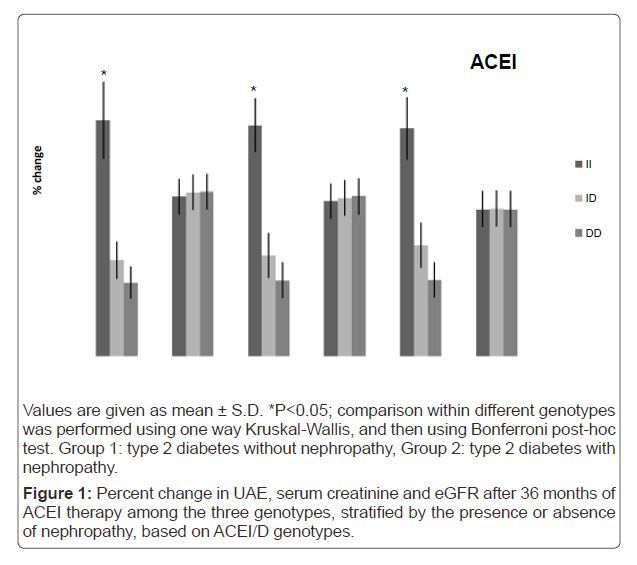- Home
- /
- Programming
- /
- SAS Procedures
- /
- How to compute the percentage changes of continuous variables?
- RSS Feed
- Mark Topic as New
- Mark Topic as Read
- Float this Topic for Current User
- Bookmark
- Subscribe
- Mute
- Printer Friendly Page
- Mark as New
- Bookmark
- Subscribe
- Mute
- RSS Feed
- Permalink
- Report Inappropriate Content
I have a phenotype data (contineous) from a group of patinets who treated a with a drug A. I would like to see what is the percentage inceremnet or decreamnet in the values of phenotype in those patinets. How can I do this?
I would like to plot the percentage changes in these variables!
- Mark as New
- Bookmark
- Subscribe
- Mute
- RSS Feed
- Permalink
- Report Inappropriate Content
- Mark as New
- Bookmark
- Subscribe
- Mute
- RSS Feed
- Permalink
- Report Inappropriate Content
Post sample data and expected output. A sample of the graph your after is helpful, that article is behind a paywall.
A data step and proc SGPLOT are possibly all you require.
- Mark as New
- Bookmark
- Subscribe
- Mute
- RSS Feed
- Permalink
- Report Inappropriate Content
Here is the table of values and the plot which I want to make!


- Mark as New
- Bookmark
- Subscribe
- Mute
- RSS Feed
- Permalink
- Report Inappropriate Content
Please post sample data in a useable format.
Ie I'm not typing out your data from a picture. Someone else may ...
- Mark as New
- Bookmark
- Subscribe
- Mute
- RSS Feed
- Permalink
- Report Inappropriate Content
Hi Thanks again! I have two columns here - one is the initial measurements and another is final measurement or after the treatment! Thats A_first and A_Last
- Mark as New
- Bookmark
- Subscribe
- Mute
- RSS Feed
- Permalink
- Report Inappropriate Content
Give you an example: data have; input cat $ group $ res low high star; cards; F 1 12 10 14 16 F 2 14 12 15 . M 1 20 18 22 23 M 2 18 17 20 . ; run; proc sgplot data=have; vbarparm category=cat response=res /group=group groupdisplay=cluster limitlower=low limitupper=high; scatter x=cat y=star/discreteoffset=-0.22 markerattrs=(symbol=starfilled); run; proc sgplot data=have; vbarparm category=cat response=res /group=group groupdisplay=cluster limitlower=low limitupper=high datalabel; scatter x=cat y=star/datalabel discreteoffset=-0.22 markerattrs=(symbol=starfilled); run;
- Mark as New
- Bookmark
- Subscribe
- Mute
- RSS Feed
- Permalink
- Report Inappropriate Content
April 27 – 30 | Gaylord Texan | Grapevine, Texas
Registration is open
Walk in ready to learn. Walk out ready to deliver. This is the data and AI conference you can't afford to miss.
Register now and lock in 2025 pricing—just $495!
Learn the difference between classical and Bayesian statistical approaches and see a few PROC examples to perform Bayesian analysis in this video.
Find more tutorials on the SAS Users YouTube channel.
SAS Training: Just a Click Away
Ready to level-up your skills? Choose your own adventure.


